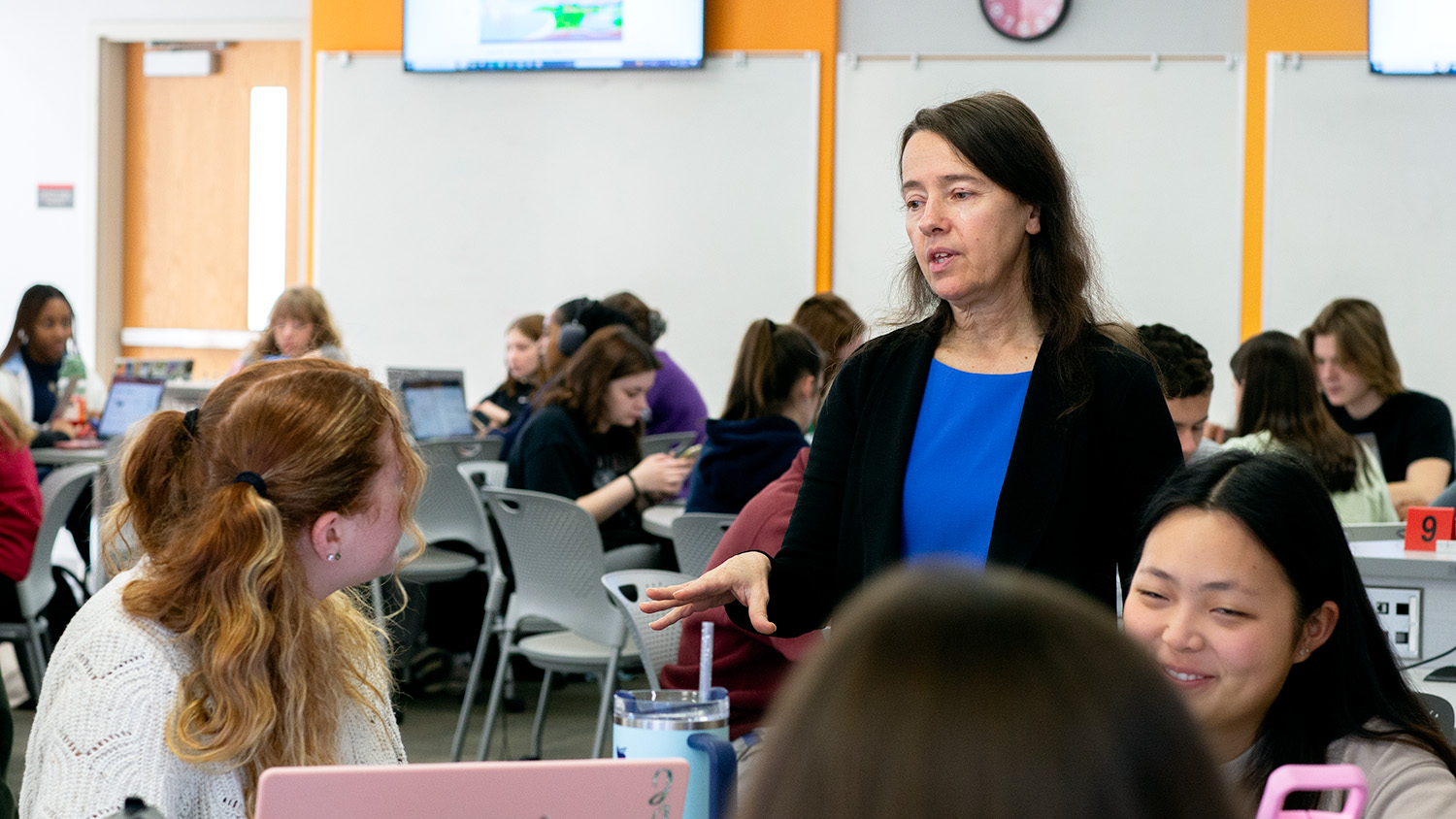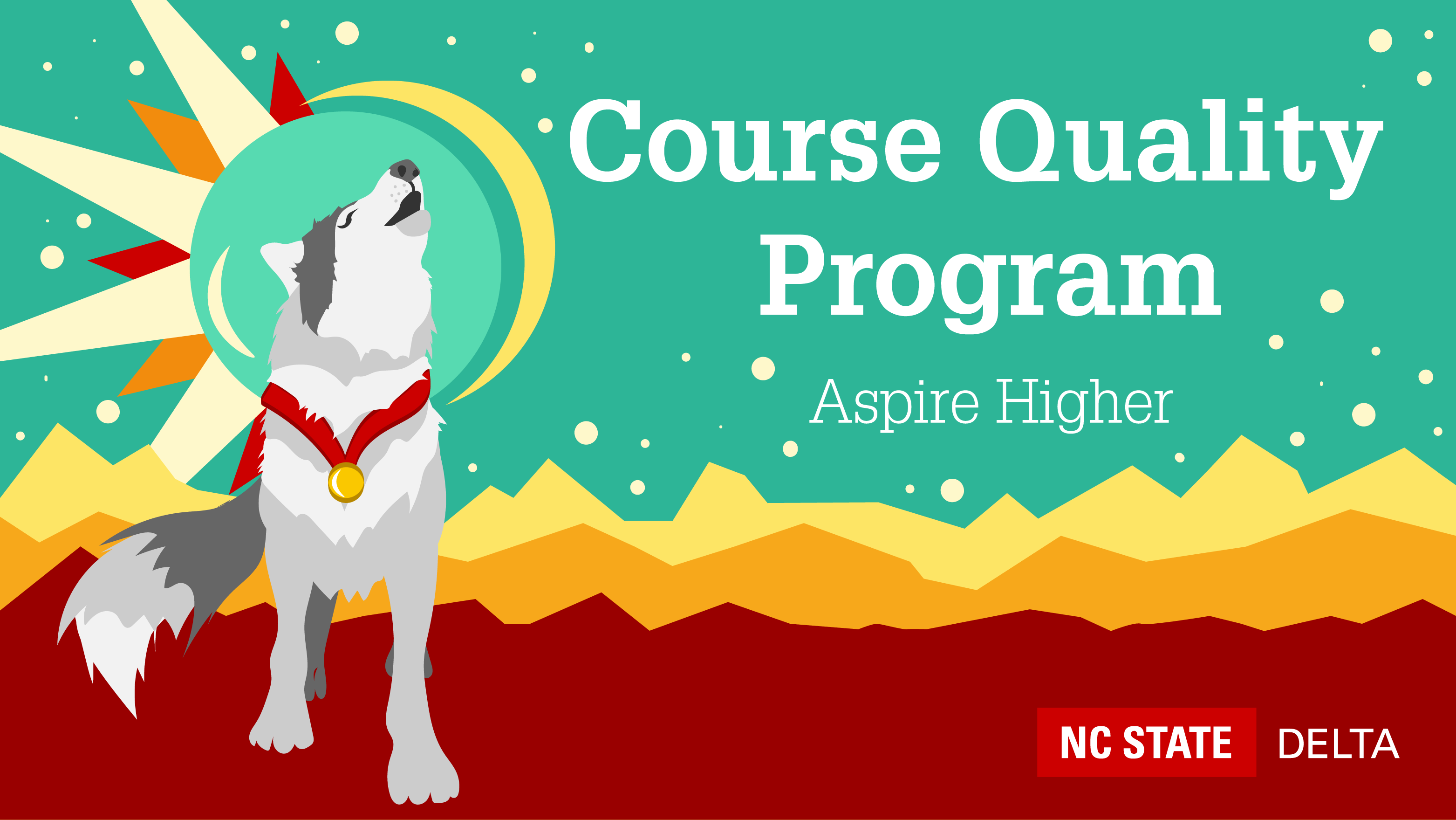2011 Game Developers Conference
by Ben Huckaby, David Tredwell, Amanda Robertson & Mike Cuales
During the week of February 24th to March 4th over 19,000 people converged on San Francisco to share their knowledge and passion about one of the most highly interactive forms of digital media–video games. If you immediately find yourself asking, “Wait, I thought DELTAwire was all about education?”, you are probably not alone. But for Mike Cuales, Amanda Robertson, David Tredwell, and Ben Huckaby this week in California had everything to do with education.
Alright, so what was this massively multiplayer in-person event? Celebrating its 25th anniversary this year, the Game Developers Conference (GDC) is the world’s largest professionals-only game industry event. Attendees come from a wide variety of backgrounds, including programmers, artists, producers, game designers, audio professionals, business-folk, and educators.
While the wealth of knowledge contained in this one week of gamedom is simply staggering, several key themes were evident across the various sessions. “Gamification,” or the concept of adding game mechanics and principles to your content, was an especially hot topic. Other themes that emerged centered around social games, multi-disciplinary team production and collaboration, creating engaging content, and how to create and use your brand to achieve your goals–all topics that easily apply to education, especially when it comes to online learning objects. For the inside perspective on the whole conference experience, we decided to ask the attendees themselves to share a couple of insights.
Looking back on the conference, what was the biggest takeaway?
David: Two new approaches to project planning and development: one sheets and vertical slicing. One sheets boil down ideas to their core and serve as quick references for others. Vertical slicing means getting all the core parts of your project established before heavily investing time and resources that you may never get back.
Ben: Get fresh eyes on your project whenever possible to make sure that what you’re doing makes sense and is effective, even if it’s just grabbing a co-worker that hasn’t seen it before.
Mike: I was really inspired by the trend in motion-based gaming and tech advancements in game consoles (Xbox Kinect, Sony PS3 Move). Emerging development tools are aimed at lowering the barriers to entry for independent developers and content creators. One of the contacts we made at Sony has resulted in NC State gaining access to their Move.me application program as a beta user. DELTA will be working with the College of Design to investigate this and the development of applications for motion-based gaming consoles. This has some very cool implications for educational games and simulations.
Amanda: We’re doing the right things, gaining the right skills, exploring the right technologies. Its tough sometimes to know the right direction to take and the next technology to explore. Fortunately, attending GDC three years ago helped us anticipate where to spend our energies. There was a huge shift this year from three years ago in where serious games fits into the overall picture. The line has greatly blurred during this time period. Games have become part of our social fabric–for everyone, not just the serious gamers. Social games, mobile games, and the ideals behind gamification, have inserted aspects of games and game play into so many areas of our lives that we (and more importantly, our students) don’t necessarily realize it. Educators need to learn how to be more purposeful in employing games and characteristics of games for student learning if we’re going to continue to engage and challenge them.
How about your favorite session, and what made it so interesting?
David: Either Zynga’s session on Flash optimization or Splash Damage’s session on how the art of Brink was achieved with such a small art team. Both had great practical advice for my work and showed that an ounce of cleverness and thought outweighs a ton of brute force work.
Ben: Had to be the “Punching Above Your Weight” (Brink) one. The way they planned out the approach to their art and the heavy emphasis on tying it closely with the project’s goals, as well as the thought they put into working efficiently towards those goals, was really inspiring.
Amanda: Chasing Wonder: The Future of Mobile Engagement with the 4 Keys to Fun
Nicole Lazzaro, President XEODesign, Inc., talked about the four keys to making games engaging: Work Together, Create Meaning, Chase Wonder, Master Challenges. There are different types of fun: Curiosity (Easy Fun); Fiero (Hard Fun); Amiero (People Fun); and Desire (Serious Fun); She gave an inspiring presentation and her materials are publicly available at the link below. Worth a look!
4k2f.com
I also loved the presentation by Matthew Luhn from Pixar, titled “Story Images and Character Arcs” – learned a lot about creating effective characters and stories through Luhn’s own stories on his work with Pixar and in creating the characters for the Toy Story series of animations.
After attending GDC, what would you like most to see accomplished at NC State?
David: For groups, define team and project goals in a few statements that provide direction, are seen in everyday actions, and clearly support the big picture. Conciseness, simplicity, and transparency.
Mike: There was an amazing level of creative energy and entrepreneurial spirit around GDC and the game industry in general. I would like to see that kind of energy at NC State in support of Serious Games development and ongoing efforts to improve student engagement by leveraging game design methodologies.
Ben: I would love to see some sort of highly collaborative, inter-disciplinary campus-wide project that incorporates game design principles to create an educational game or learning tool that would have a wide-reaching impact at NC State, and potentially at other universities as well. NC State is already known nationally for its game development program and involvement in the field–why not further that by leading the way with using games as educational objects?
Amanda: Find ways to work with our faculty to strategically and effectively integrate characteristics of games into their instruction (gamification!!). To me, this is the low-hanging fruit, and a way to help the most faculty (and therefore, the most students) benefit from games in meaningful ways.
The games industry is pushing boundaries in technology and user engagement. How do you see game design influencing the university?
Amanda: We’re in an ideal location to more fully engage with the gaming community, given the Raleigh area is a hub for several large and many smaller game design companies. Partnerships are already happening across campus and a willingness within many of the local firms to work with universities exists. We need to move more strategically with these firms to both learn how to better prepare our students who want to go into these career paths when they graduate, and also to learn from and influence how the game industry can meet the needs of education and student learning.
Ben: I think the biggest thing to focus on here is not necessarily the technology (though that is important), but rather the user engagement. We can learn so much from what the game industry has done with game design research and implementation about how to really grab hold of students’ interest and get them interacting with course content on a whole new level, reinforcing what they are already learning from more traditional lectures or online education. I think that this is really the future for (higher) education and the more quickly we embrace it, the better off we’ll be.
David: Game design and mechanics are all about user engagement and retention. In the game entertainment industry, business survival depends on these things, as a disinterested user is revenue lost. This need is remarkably similar in education – students face the same distractions and overload of information on a daily basis and the games industry battles this by creating hooks, retention loops, and social aspects. Students can benefit from the same engagement around learning and can even use the same mechanisms to do it! I see more course designs using these tactics to keep students participating and learning.
What is your favorite quote from this year’s GDC?
Ben: “It’s hard not to fall in love with what you’re doing and lose sight of whether it’s good or bad.” -Edmund McMillen
David: “Say what you play”
-Microtalks session theme, referring to the importance of sharing our experiences and knowledge through and from games.
Mike: It’s a toss up between: “You can discover more about a person in an hour of play than in a year of conversation.” – Plato. Or, “Gamification can Kill” – Nicole Lazzaro
Alright, just for fun–what game or games do you want to play most because of what you saw at GDC?

Mike: Dead Space 2. Yes, it’s gratuitous blood and gore, but the presentation they gave was incredible. The creativity, writing, scripting and artistry that went in to this hit sequel is truly impressive. I’m anxious to play the game after getting a peak behind the scenes at the design process. I’m aware that I will be quickly consumed by sci-fi zombies if I stop to take note of the strategies that went into pacing, color selection, visual themes, prop design, character design, audio production, etc.

Ben: Splash Damage studio’s Brink would be my number one choice. The sheer amount of thought and planning that came from a relatively small development team in order to make this game such a fluid and fun user experience, coupled with a beautifully stylized attention to artistic detail, just seems to add up to what will be a really great experience. Other games that looked interesting were Limbo, Mass Effect 2, and the Indie title Nidhogg (which seems like it would be hilariously odd).

Amanda: Limbo – a beautiful game from the artwork perspective. Won Best Original Game.
While this is only a synopsis of what was gained from the 2011 Game Developer’s Conference, hopefully it was enough to inspire you to think about how games, or at least the core principles of gaming, may be able to add a new dimension of engagement to your content. With the tips and tricks learned from the various studios about how to plan and create games around a small team can help in making such ideas a reality. And with the energy and excitement of the conference still burning strong, these four attendees are eager to continue the efforts that have already begun here at NC State for bringing the game world to the academic one.
If you’re interested in learning more about game design and development, check out the East Cost Games Conference taking place April 13th and 14th at the Raleigh Convention Center. Visit their website for more details: http://www.ecgconf.com/
Related Resources:
Universities Participating at the 2011 GDC Serious Games Summit
http://schedule.gdconf.com/speakers/track/Serious-Games-Summit
“NC State’s Video Game Design Program One of The Princeton Review’s Top 15”
http://www.csc.ncsu.edu/news/1126
“NCSU’s First iPhone Game”
http://www.ncsu.edu/faculty-and-staff/bulletin/2010/09/wolfmatch-app-launched/
Wake County Game Companies
http://www.raleigh-wake.org/section/games
- Categories:



